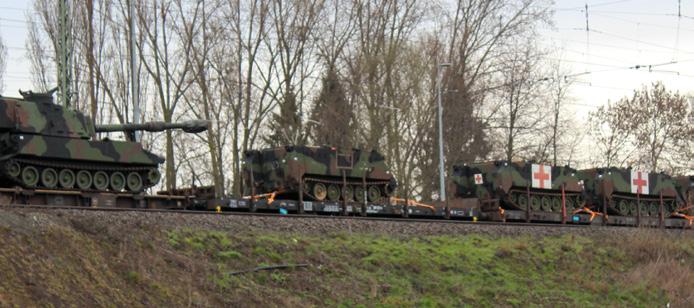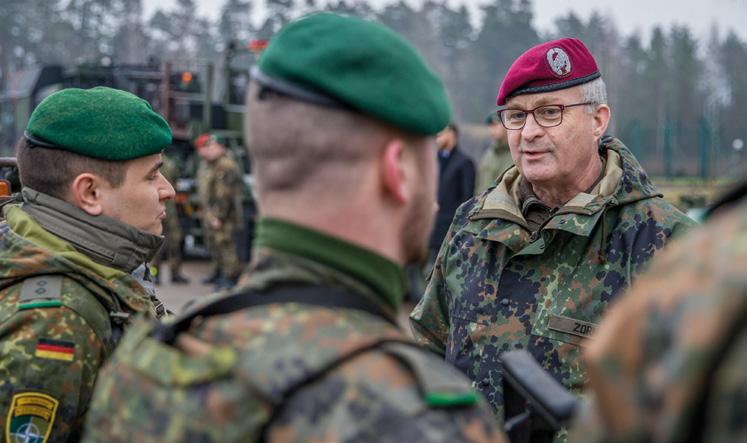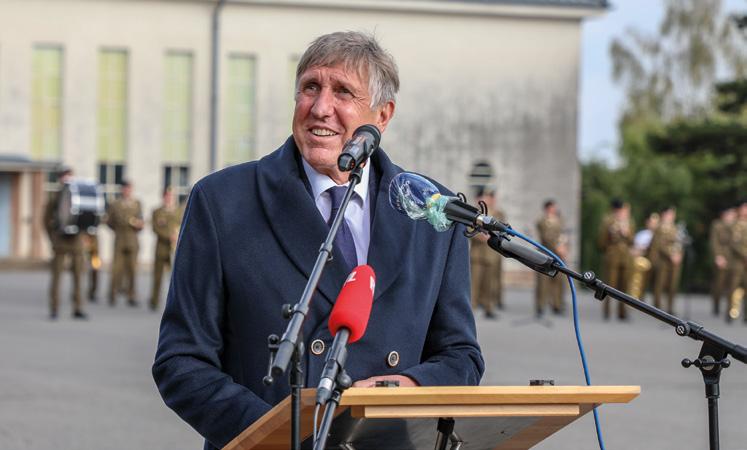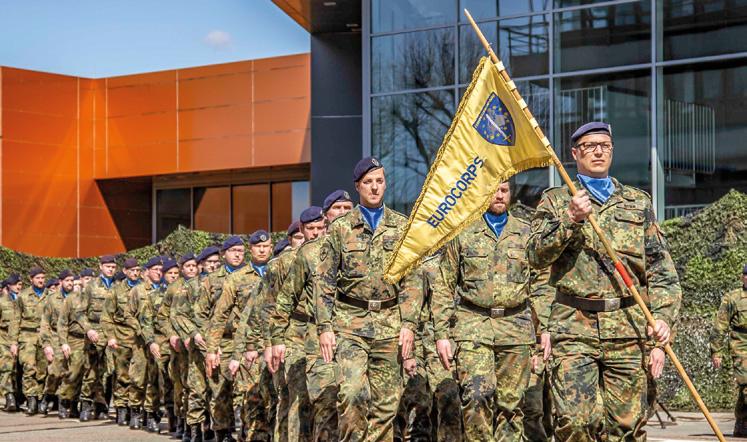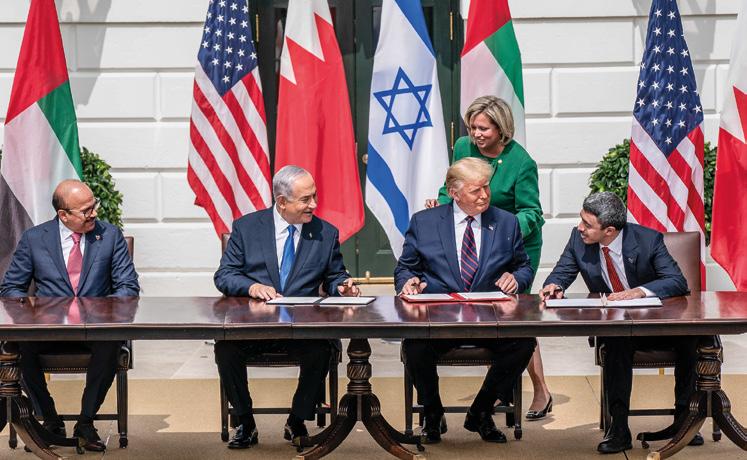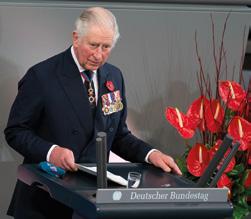Israel’s peace with Arab countries – a new chance to stabilise the Middle East? “We are far away from peace in this region” by Arie Egozi, journalist, Tel Aviv
A
serious look at the Normalisation Agreements, also referred to as the “Abraham accords” signed on 15th September at the White House in Washington between Israel, the United Arab Emirates (UAE) and Bahrain, as well as later between Israel and Sudan, proves that after the celebrations end, some major problems still threaten the stabilisation of the Middle East.
Iran is the most serious threat for Israel No doubt, Iran is rapidly developing a nuclear bomb to balance Israel’s alleged nuclear arsenal. Iran has no common border with Israel, but Syria and Lebanon are highly active proxies of Teheran, creating a major problem for Israel. Despite the Russian presence in Syria, Israel has not ceased its efforts to foil any results of the new Iran-Syria agreement that was signed in 2020 to allow Teheran to get a stronger foothold in Syria. A central component of the agreement is Syria’s Air Defence System (ADS) aiming at reducing Israeli, Turkish, and American freedom of action in Syrian airspace. This raises concern in Washington with the consequence that the US has increased its aerial patrols over Syria and Lebanon to counter Iranian activity. According to a report from Iran, Teheran will provide Syria with advanced Russian air defence systems, with some based on the S-300 and surface-air missiles like the one used by Iran to shoot down an American Hawk UAV in June 2019. According to Udi Dekel, a senior researcher at the
Israeli Institute for National Security Studies (INSS), the agreement was signed as a possible withdrawal of US forces from Iraq and eastern Syria looks close. Dekel writes that according to assessments in Damascus and Tehran, such a development would probably allow increased Israeli air strikes along the Iraqi-Syrian border. “This is likely the reason for the need to reinforce Syrian aerial defence capabilities across the entire Syrian space, which currently is unable to intercept and thwart Israeli Air Force attacks against Iranian outposts in Syria”, he says. A recent incident involving Mehan Air, which is suspected of flying military equipment to the Hezbollah in Lebanon via Damascus, shows the increased tension in the area, where the US and Israel are watching “every small motion in the area”, as said an Israeli source. A few weeks ago, according to Teheran, several passengers on Mahan Air flight 1152 from Tehran to Beirut were injured after their passenger plane was forced to abruptly lower its altitude. The pilot claimed that this was because two American fighter jets dangerously approached his plane in the Syrian air space. A spokesman for the US Army Central Command confirmed the incident but said that only
“While a new era has begun in the Middle East many factors may affect it, either in the near future or at a later stage.
24
”
photo: official_white_house_photo, www.flickr.com
THE EUROPEAN – SECURITY AND DEFENCE UNION


